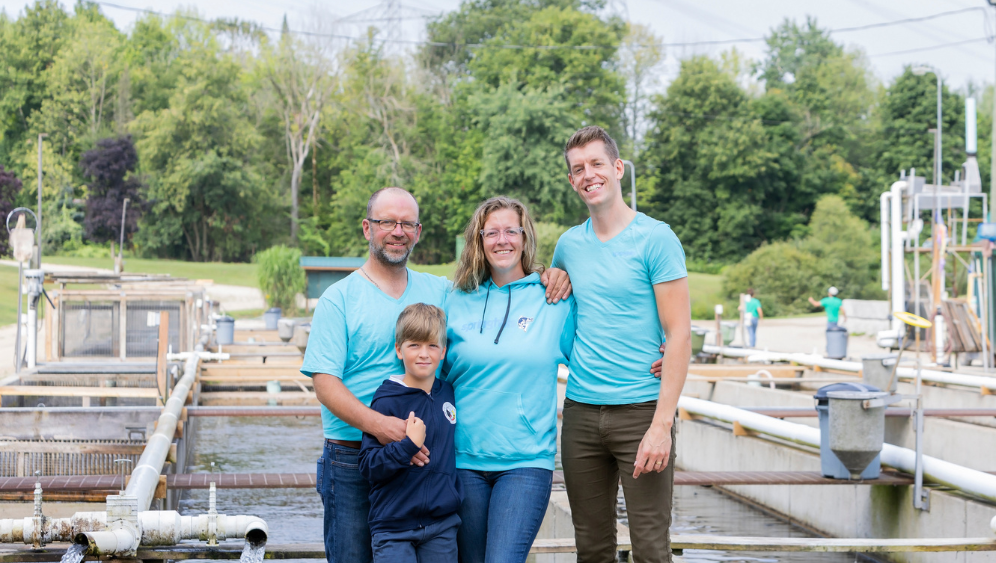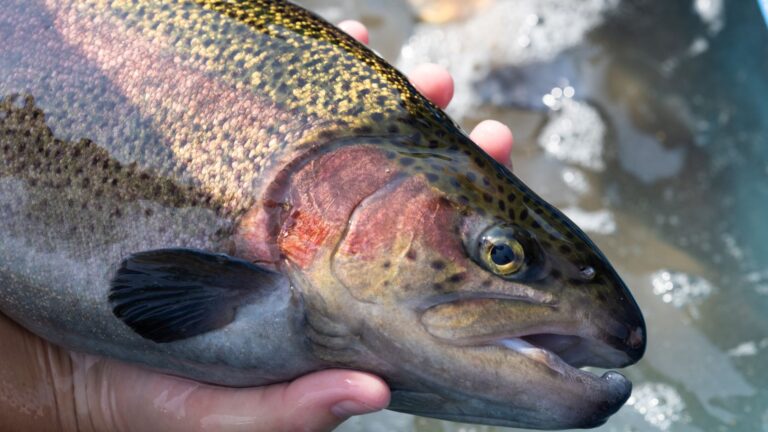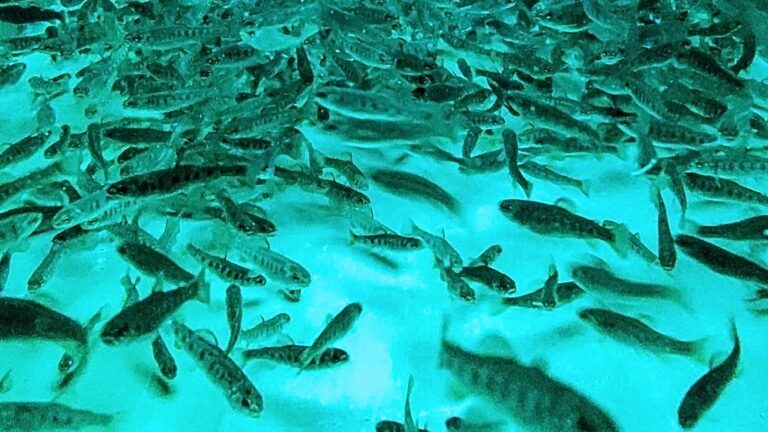
Can fish farming be regenerative?
We think so — and we’ve got 7 reasons why.
You’ve probably heard about regenerative agriculture — farming that doesn’t just sustain the land, but actually improves it. At Springhills, we believe fish farming can do the same!
Here’s how we’re working to leave our lakes, ecosystems, and communities better than we found them:
1. Supporting native species
Repeated studies show nutrients from fish farms can increase wild fish populations
How? Lake Huron is a ‘biological desert’ thanks to invasive species. Farms like ours add necessary nutrients that kick-start food webs, which means more wild fish!)
2. Respecting natural cycles
Our farms are designed to complement nature’s rhythms. We know when fish grow, and we know when sites need to rest, and we monitor water quality & sediments constantly
3. Avoiding antibiotics, hormones, steroids or synthetic additives
We believe strong fish come from good husbandry and natural ways to boost their health
4. One of the lowest-carbon animal proteins
Farmed fish are incredibly efficient — and our systems have a fraction of the footprint of land-based meat. Some studies show up to 92% lower emissions compared to beef or pork.
5. From fillet to frame
Nothing goes to waste at Springhills. We use the whole fish — not just the fillets.
We’re also part of the 100% Great Lakes Fish initiative, creating new products from what used to be byproducts.
6. Community partnerships
We co-run a net-pen farm on Manitoulin Island in partnership with Sheshegwaning First Nation. It’s a relationship rooted in shared values of sustainability, stewardship, and respect.
7. Always improving
We’re always finding smarter, more efficient ways to farm — with our fish and the planet in mind

